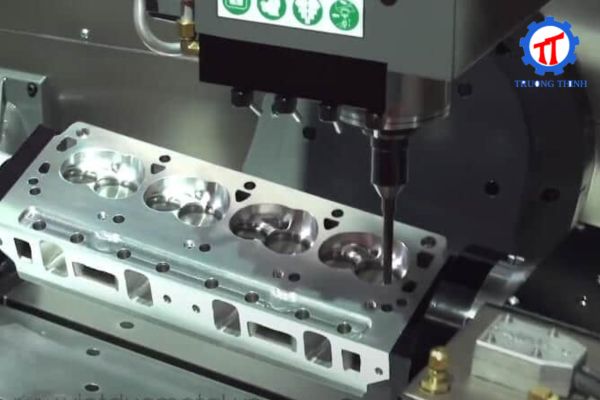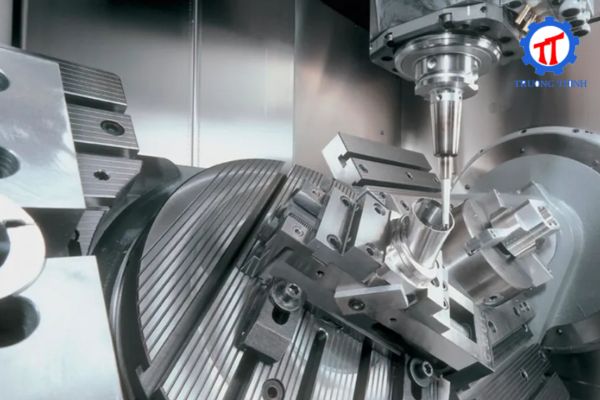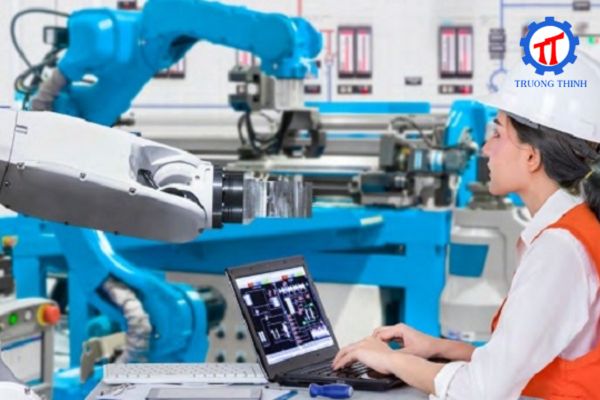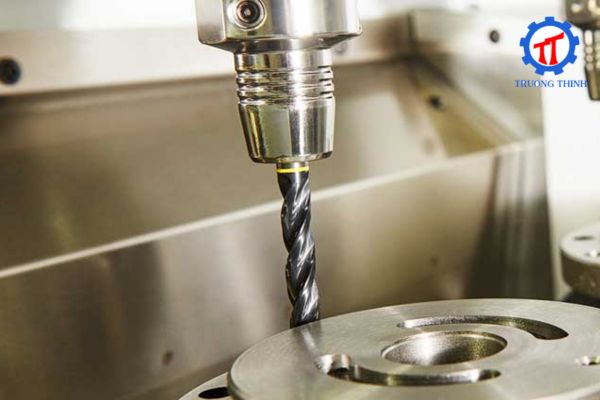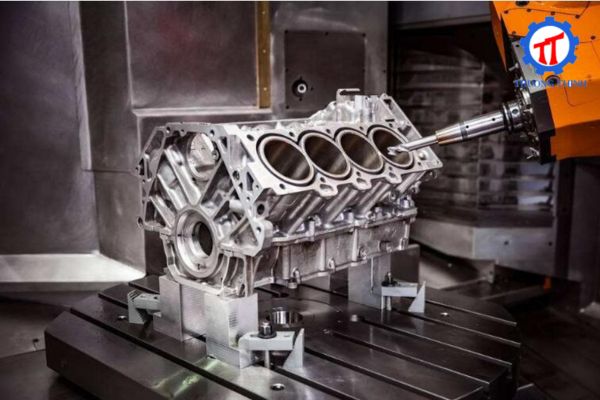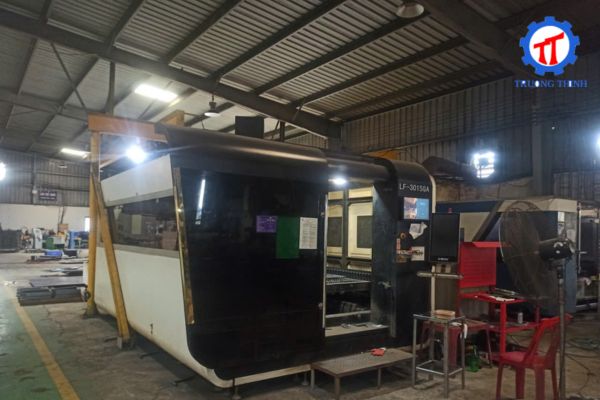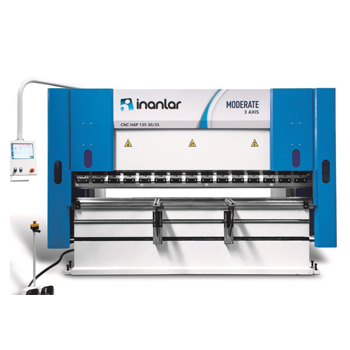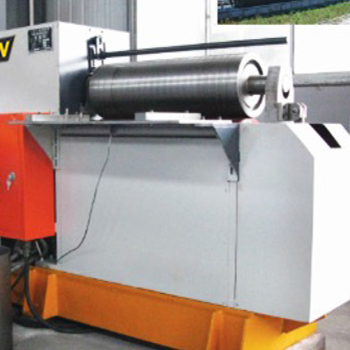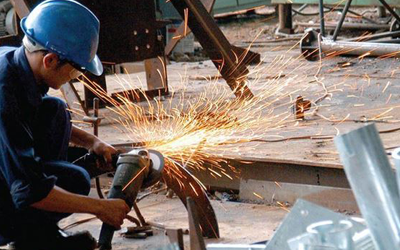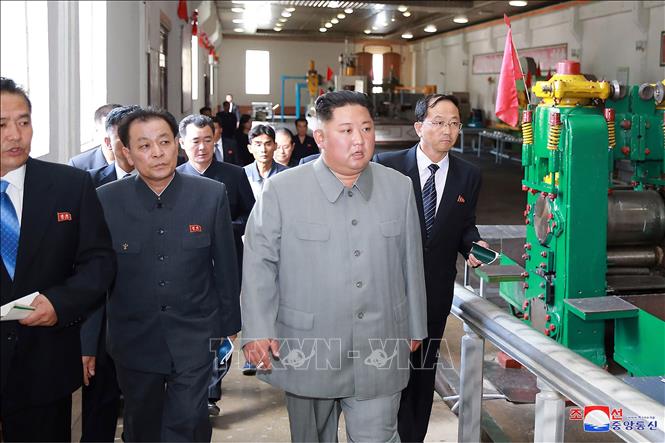What is a Blank in Mechanical Engineering? - Differentiating Between "Blank" and "Workpiece"
What is a blank? Many people still confuse "blank" and "workpiece" due to similar writing and pronunciation, although both are terms in mechanical engineering. The following article will help you understand what a blank is, its particularities, and how to differentiate it from a workpiece to avoid this common misunderstanding.
.jpg)
What is a Blank in Mechanical Engineering?
What is a blank? A blank is an important and common term in the field of mechanical machining. It refers to the initial material used to manufacture mechanical products based on specific requirements for size and pre-defined design.
During machining processes, the blank is considered as the basic material from which mechanical components are created. Playing a vital role, the blank is not only the starting point of the production process but also directly affects the quality and precision of the final product. Properly selecting and preparing the blank is an important factor to ensure that mechanical products meet technical and aesthetic standards.
Blanks can take various forms, from large metal blocks to thin sheets, and the type of blank chosen often depends on the specific requirements of the product to be machined. Processes such as cutting, drilling, turning, and milling are performed on the blank to create the finished products according to the predefined design. Therefore, in any mechanical production process, the blank always plays an indispensable role, contributing to determining the quality of mechanical products.
.jpg)
Types of Blanks Today
In the field of mechanical machining, understanding the different types of blanks is essential to optimize the production process. Each type of material has its own mechanical properties, so the cutting processes will produce different types of blanks. Based on the material properties and machining conditions, there are three common types of blanks:
-
Chip blanks: This type of blank appears when machining brittle and hard materials such as cast iron, brass, ceramics, and stone. Chip blanks consist of small, discrete pieces without tight bonding. These are easy to break and separate, often occurring when cutting materials lacking ductility.
-
Layered blanks: Formed when machining materials with moderate hardness and low ductility, with moderate cutting speeds. Layered blanks have a smooth sliding surface on the front side of the blade and the opposite side often has a sawtooth shape. The material elements in the layered blank are more firmly bonded together than in chip blanks, forming blanks with specific shapes.
-
Continuous blanks: These appear when machining materials with high ductility and low hardness, with high cutting speeds. Continuous blanks usually slide off the blade in the form of a long wire, with a relatively smooth surface. This is a type of blank with high continuity, easily converting from one form to another depending on cutting conditions, such as changing cutting depth or cutting speed.
Read more: https://cokhiphutrotruongthinh.com/may-tien-cnc-la-gi-tai-sao-nen-su-dung-may-tien-cnc-bv.html
.jpg)
Differentiating Between Blank and Workpiece
In the field of mechanical machining, blank and workpiece are two different concepts. What is a blank? The blank is the initial raw material used in the manufacturing process to create mechanical components according to design requirements. It is the foundation of the production process, from which the final products are formed.
Conversely, the workpiece is the portion of material removed from the blank during the machining process. The workpiece appears when material is removed to achieve the desired shape and size for the mechanical component. In other words, the workpiece is the byproduct generated in the manufacturing process from the blank.
Conclusion
Blanks and workpieces are two different concepts in mechanical machining. What is a blank? A blank is the initial raw material used in the production process, while the workpiece is the excess material removed during machining. If you need mechanical machining services, contact Truong Thinh Mechanical.
Truong Thinh Mechanical Information:
Hotline: Mr. Hung: 0936.988.978 - Mrs. Tam: 0904488455 - 0225.627.79.97
Factory Address: Zone C, No. 57 km5, Lam San, So Dau Ward, Hong Bang District
Website: http://cokhiphutrotruongthinh.com




